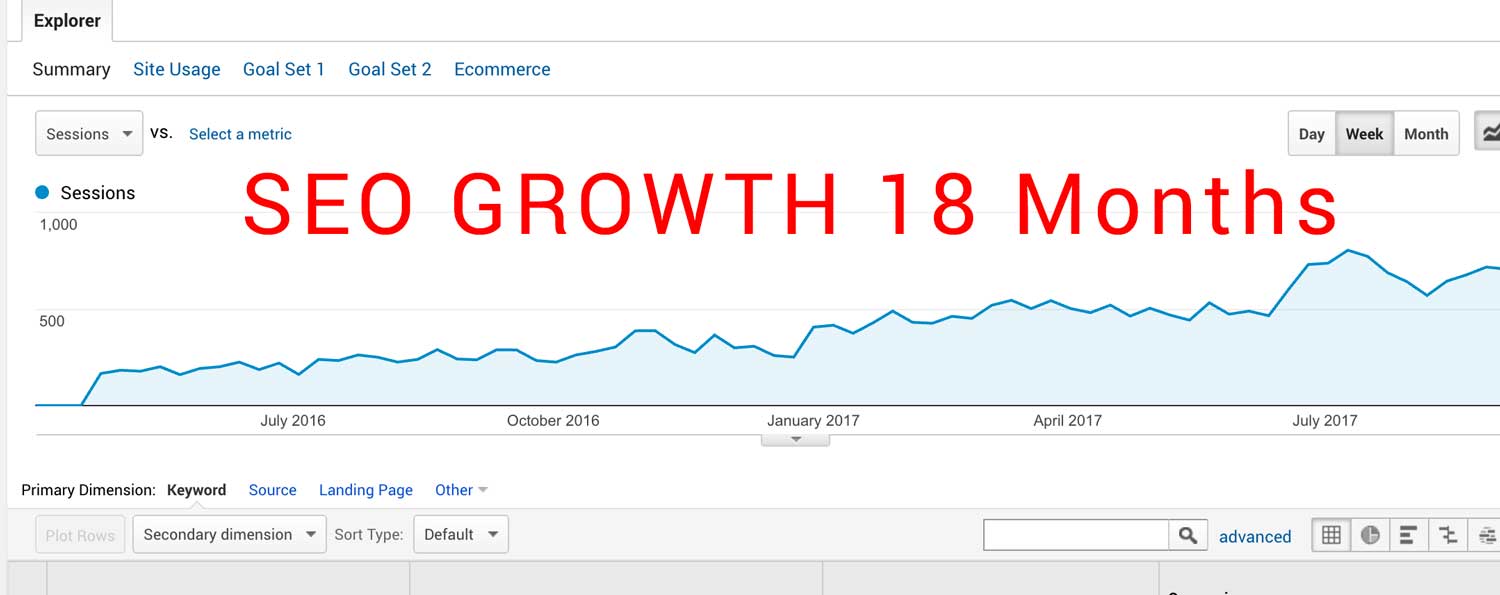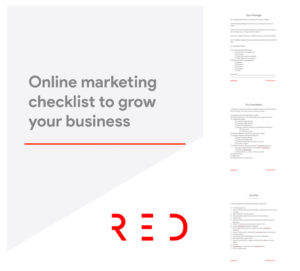September 14, 2017 was a sad day for many marketing companies and addiction treatment programs.
Google decided that hundreds of rehab-related search terms would no longer be available while using their PPC marketing. Google reps have stated that this decision came from their “higher ups” and was made because they found a large “number of misleading experiences among rehabilitation treatment centers.”
So what does this mean for legitimate addiction recovery centers and their marketing meant to reach individuals in need?
Well, what Google has restricted are certain search terms, so you’re going to be unable to show an ad for that specific term, but that doesn’t mean people are going to stop searching it. Which is why SEO and Social Media outreach is more important than ever for addiction recovery centers.
The best thing you can do for your addiction recovery center marketing is to start creating as much high quality content as you can for a variety of keywords.
Did you know the first position on Google receives about 30% of all clicks within Google? It’s so important to have a solid content creation plan in place with skyscraper articles, supporting articles, and internal links to help rank your company for that top spot on Google.
The downfall of SEO is that it takes time. Time to create, and time to rank.
How much time?
Plan on 12 months of content creation and backlink building before you see great results. Here are some images that will show you a timeline and the growth for an SEO campaign. These are in the addiction recovery space.
But there are a few things that you can do to help your content to rank on page 1 of Google.
How to Rank Your Addiction Recovery Centers on Google
Headlines
Be sure that your content has a good strong headline that contains your desired keyword along with any H2 or H3 tags that are needed. Following up your headline with a short paragraph about the topic (about 100 words) can also help you rank for Google Featured Snippets.
Content
Your content should be a minimum of 300 words, and in truth, the longer the content you can create the better. However, like most things in life, remember quality over quantity.
Your keyword should be found 1-3% within the content. For an article that contains 300 words, your keyword should be found three to nine times. Any more than that and the Google algorithm may ding you for keyword stuffing. It should be found in the title, URL, headlines, content, meta tags, meta description, and your image.
Images
Your featured image, or the first image in your content should have appropriate alt tags and should be named with your keyword.
Links
Your content should link back to your skyscraper articles. Select the appropriate keyword and link back to your long article (preferably 1500 words or more), and this will create an internal link. You entire content plan should look like one large “family tree” with your skyscraper articles being the patriarch and matriarch and every article linking back to at least one of them.
It’s also important to get backlinks to your articles. There’s a number of ways to get backlinks to articles, but they aren’t always easy, and they aren’t always cheap.
You can reach out to websites that are related to your field and ask them to add a link to your content; you can create guest posts for related sites and link your keywords back to your article on your own site. Or you can purchase backlinks. However, not all backlinks are beneficial. There are a lot of junk links out there that will actually ding you rather than raise you.
If you’re going to purchase backlinks, stay clear of inexpensive and unknown backlinks services. Places live Fiverr offer multiple backlinks for the cheap price of $5. These will hurt your SEO score. Instead look at high quality services like The Hoth, which provides the domain authority of each of the sites they place your backlink on.
Remember that organic traffic accounts for more than 80% of the traffic on most websites, so having constant content creation is so important. Especially for addiction recovery centers, whose clients want to know about their facility, the location, their programs, what they can expect, success stories, and more.
Unfortunately, one of the biggest gaps we find in our recovery clients current marketing strategy is their content, or lack thereof. They either aren’t creating any, or it’s irrelevant filler articles that aren’t ranking for the correct search terms. There’s a wealth of opportunity just waiting to be tapped into, and fortunately for our clients, we know how to use this to their advantage.




